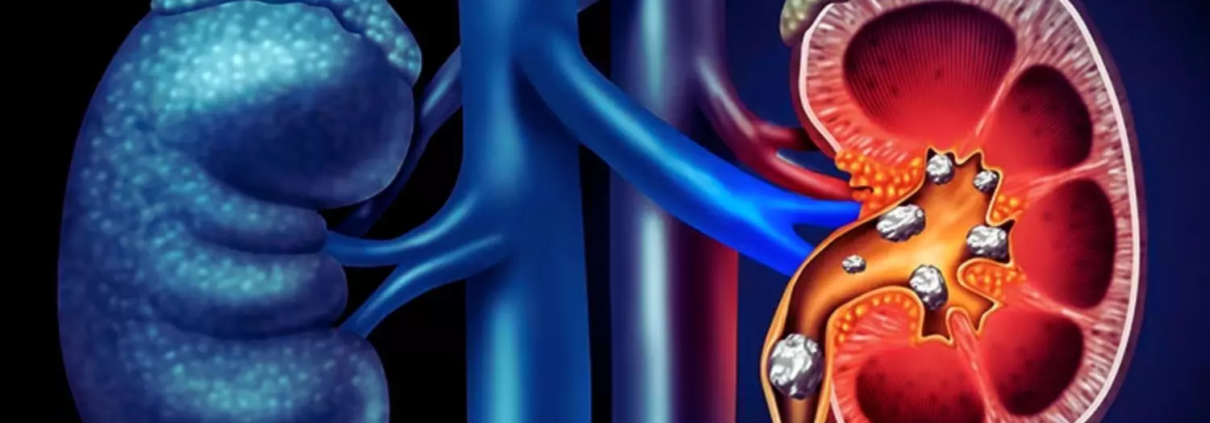What are Key Risk Factors for Postop Infections in Negative Pressure Retrograde Intrarenal Surgery for Kidney Stones?

China: A recent study has delved into the postoperative infection factors associated with retrograde intrarenal surgery (RIRS) combined with negative pressure equipment for treating renal stones.
The findings, published in Scientific Reports, indicated that three variables consistently served as independent risk factors for postoperative infection complications. Notably, the infection rate following a combination of negative pressure equipment and RIRS (NP-RIRS) was lower than TRIRS for kidney stones.
“The length of the stones, the duration of the surgery, and the CT value of the stones were identified as independent risk factors for infections in patients treated with NPRIRS. However, the small sample size limits the credibility and generalizability of these conclusions,” the researchers wrote.
Guoqiang Chen, Department of Urology, The Second Hospital of Longyan, Longyan, Fujian, China, and colleagues aimed to retrospectively analyze patients who received treatment for renal stones using a combination of negative pressure equipment and retrograde intrarenal surgery, identifying new high-risk factors associated with infection.
For this purpose, the researchers examined 456 patients with renal stones measuring 3 cm or less who underwent NP-RIRS in their department between January 2022 and October 2023. The patients were categorized into two groups: the non-infection group (NIRIRS) and the infection group (IRIRS), based on the occurrence of infection complications during the perioperative period.
They established a receiver operating characteristic (ROC) curve using variables that showed statistical differences and employed the Youden index to determine the optimal cutoff value. The data were then classified into two categories based on this cutoff, and binary logistic regression analysis was conducted on the classified data.
The study led to the following findings:
- In the IRIRS group, there were ten instances of fever and 2 cases of sepsis, with no occurrences of septic shock or fatalities.
- The length of the stones and their CT values were significantly different, measuring 16 mm versus 22 mm and 764 HU versus 1372 HU, respectively.
- The surgical times differed significantly between the NIRIRS group and the IRIRS group, recorded at 57 minutes versus 75 minutes.
- The stone-free rate (SFR) three months post-surgery was 97.60% for NIRIRS compared to 91.70% for IRIRS, indicating no significant difference.
- The length of stones, surgical duration, and CT values were further analyzed using ROC curves, resulting in areas of 0.791, 0.791, and 0.816, respectively.
- Based on the Youden index, the optimal cutoff values identified were 17.5 mm for stone size, 64.5 minutes for surgical time, and 732.5 HU for stone CT value. These three continuous variables were then converted into binary data using the best cutoff criteria, and the classified results underwent binary logistic regression analysis.
The authors concluded that infection incidence following NPRIRS was lower than that observed with TRIRS for kidney stones. They identified the length of the stones, surgical time, and CT value of the stones as independent risk factors for postoperative infection in NPRIRS treatment. However, they also noted that the small sample size limited the credibility and generalizability of these findings.
Reference:
Cui, D., Ma, Q., Zhang, Q., Zhang, L., & Chen, G. (2024). Analysis of postoperative infection factors of retrograde intrarenal surgery combined with negative pressure equipment for renal stones. Scientific Reports, 14(1), 1-8. https://doi.org/10.1038/s41598-024-75073-1



